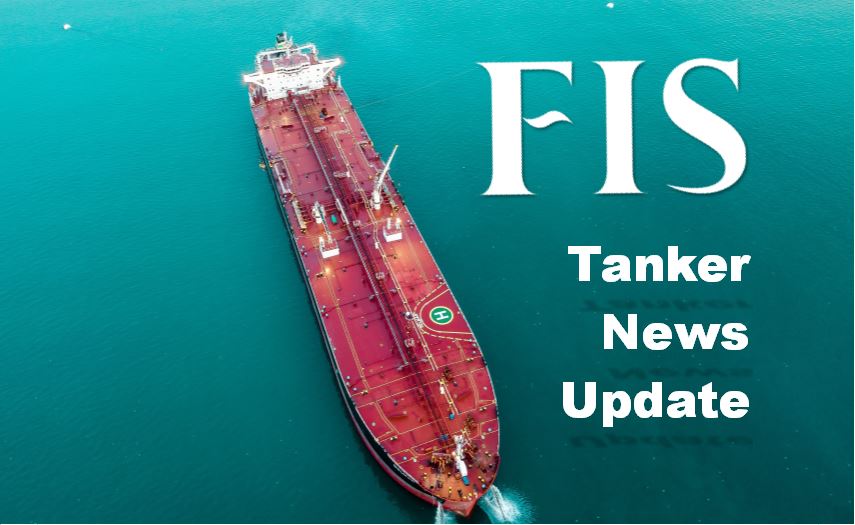*Houston we have a Problem
With Hurricane season well underway, the Gulf of Mexico is under threat from a double hit, with both Marco and Laura over the weekend, having the potential to turn into a fully-fledged hurricane. Fortunately for Texas and Louisiana Marco didn’t reach the required 75mph wind speed to class as a category 1 hurricane on the Saffir-Simpson scale but instead downgraded to a tropical depression. In lieu of this nearly, 300 offshore drilling platforms in the Gulf have been evacuated, creating over an 80% shut-in in crude production ~1.52mmbl/day. Of notable interest, this amount of barrels shut-in is around the same levels as Mexico’s daily production. On the natural gas side, there’s around a 57% shut-in.
With Marco downgraded but still bringing severe rain, Laura is the new problem child. She continues to strengthen now a category 2 hurricane, making a B-line straight for the Texas/Louisiana border, with expected landfall between this evening (26/08/20) and tomorrow morning (27/08/20). Estimated to fall in a category 3 classification with around 120mph winds at landfall and 7-14ft storm surge along the coast. This is worrying news for the oil industry onshore that accommodates the Gulf, with offshore production accounting for around one-fifth of U.S. production, and onshore 45% of U.S. refining. Along the Texas and Louisiana coast are many oil refineries and ports along with a plethora of pipelines that accept oil from all over the world and distribute it throughout the country. Multiple tanker freight routes, both clean and dirty have their main ports for loading and discharging in the Gulf. WTI prices are seeing a slight climb amid hurricane worries, however, the U.S. onshore production is responding quickly and inventory levels are high enough that no real threat is perceived.
Historically at times of hurricanes, freight rates see an increase. This increase is usually driven by a lack of available tonnage as owners fix vessels to new destinations to avoid harm, ports close increasing delays racking up demurrage fees and refiners shut down and reduce their runs. After the hurricane has passed things take time to come back online and vessels may not be immediately available for charterers to fix, to resupply refineries as there would theoretically be a shortage of prompt tonnage in the region. However, the tanker market is not in ‘normal’ conditions, with demand still relatively low for CPP and crude, an oversupply in vessels, with many more gradually discharging from floating storage, rates may not follow the usual hurricane evacuation plan.
TC2 (ARA – US continent) a main Trans-Atlantic route saw a flurry of activity Monday morning as markets adapted to the news. With SEP worldscale levels jumping from the end of last week at ws112 to a high of ws130 on Monday then coming off slightly to ws122, still 10pts up over the weekend. Tuesday also saw SEP levels higher again reaching ws134. A flurry of cargoes saw owners in the driving seat with ARA/TA fixtures being paid at premiums at ws150 plus. These events also saw charterers with the option to change their discharge ports, for a premium, with a USWC option pricing at ws170 to avoid potential hurricane issues. This allows owners to strive for higher rates, all of which are reflected in the TC2 spot that as of Tuesday evening was at ws144.44 dramatically up from ws85 last week.
However on the flip side TC14 (USGC – ARA) , a route loading in the Gulf saw SEP rates fall from recent highs of ws100+ to low ws90’s amid the uncertainty of the ability to load in various Gulf Coast ports during September, after the potential hurricane fallout. Dirty routes have not yet seen much hurricane activity with only the USGC/UKC routes SEP values falling from ws77 to ws75 yesterday, when at the end of last month SEP rates sat around 10pts higher.
Moving forward we may see a further spike in rates in a few routes, responding to Laura and the suspected tight tonnage list resulting from her activities. This could bring a short-term boost to the curves, but equally could have little effect on certain routes being suppressed by the mass over supply of current vessels. Only time will tell, hopefully Laura does not provoke too much damage and all U.S. residents stay safe.
